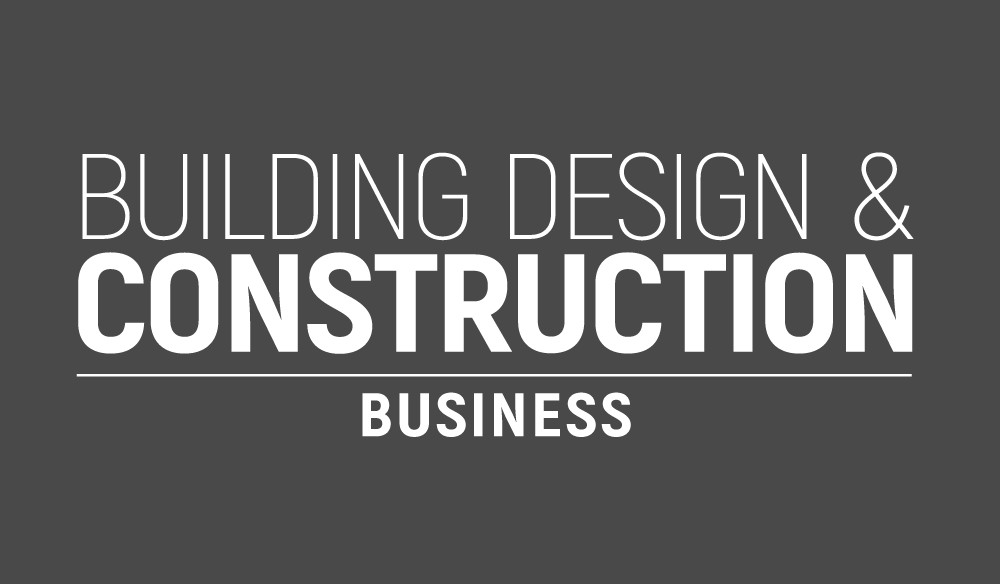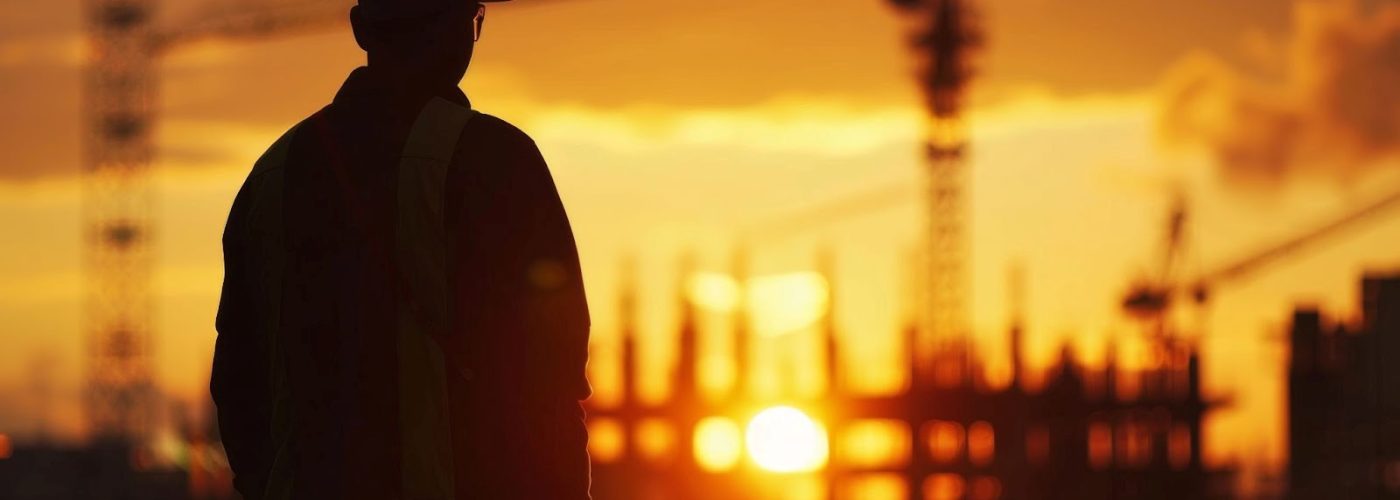It all started in Venice, back in 1638, when the Ridotto opened its doors as the world’s first official casino. From that point, the relationship between high-end gaming and economic uplift was hard to ignore, drawing crowds, circulating money, and transforming entire districts into hubs of activity and ambition.
And while the foundations were built on location and luxury, the game has shifted—technology has introduced a whole new set of circumstances.
We’re Living What Comes Next
While old-school brick-and-mortar casinos have always been important for local economies, the industry is changing fast. More people are choosing online platforms for their gambling, thanks to the privacy and convenience they offer.
View full list of the best online casinos in the UK to get a sense of just how diverse the online casino world has become. These platforms were thoroughly reviewed with a focus on game selection, bonuses, and how they actually feel to play on.
And yes, these new games are way more exciting and rewarding, but there’s still something special about the classic casino experience that will keep the momentum going.
From Construction to Commerce
One of the biggest impacts of new casinos on local economies is the explosion in tourism activity. Since they’re attractive visits for everyone, even for groups of tourists who just want to feel the place, top casino resorts often offer a full experience, with hotels, restaurants, entertainment, and shopping all in one place.
Obviously, this flow of visitors boosts local businesses, whether it’s the restaurants, retail shops, public services, etc. The opening of the MGM Grand in Las Vegas, for instance, contributed to over 42 million visitors in 2024, seriously boosting the city’s revenue.
As people travel from all over the world, they support the city, funding everything from infrastructure upgrades to the local amenities.
Cash Is Everywhere
While casinos are often viewed primarily as tourist attractions, their presence typically brings a much deeper economic effect, with job creation standing out as one of the clearest ways in which local communities begin to feel the change.
Looking back at 2024, the U.S. gaming industry saw a new record, generating $71.92 billion in revenue. However, much of this revenue doesn’t remain confined to the casinos; it circulates throughout the community.
This kind of growth keeps things moving. More money in the system means more jobs, not just inside the casino but across the area.
In Schenectady, New York, Rivers Casino has shown how that works. Since it opened in 2017, it’s consistently pulled in more revenue per visitor than other casinos in the state.
That steady performance has helped boost local business, support city budgets, and keep the regional economy more stable than it was before. It’s the kind of long-term impact that doesn’t just show up in numbers—it’s felt across the whole community.
Support for Local Charities and Community Initiatives
Casinos often do more than just bring money into a community—they step up to support local charities and projects as well. And let’s be honest, while many casinos genuinely want to help, they’re also legally required to contribute to the communities they’re part of.
Last year in Atlantic City, big players such as Bally’s worked alongside the Salvation Army to provide holiday gifts to families in need. You can imagine how even small things like that can make someone’s day feel much better.
Similarly, casinos frequently sponsor local sports teams, youth activities, and community events, helping to encourage healthier lifestyles and stronger community spirit.
Lifting the Neighborhood
When you walk through some of these areas, it’s clear they were left to rot—buildings falling apart, streets crumbling, rats and snakes claiming the corners no one cared about. Without the push from casino money, most of it would’ve stayed that way.
Now, those same streets are lined with new builds, clean lights, and actual life. And it’s not just about appearances—roads get rebuilt, public transport improves, and the utilities finally get the upgrades locals should’ve had years ago.
These changes lift the entire area. Property values climb, new businesses move in, and suddenly, the city feels like it matters again.





